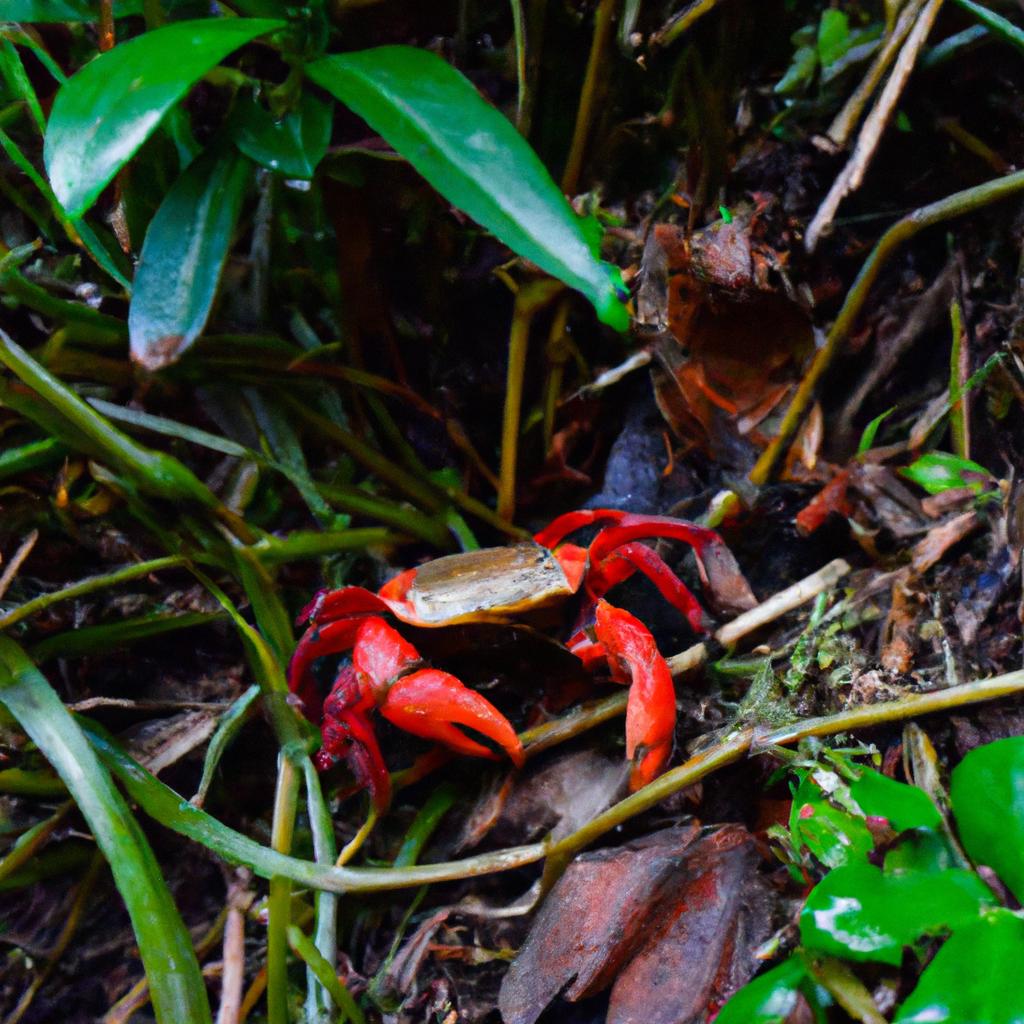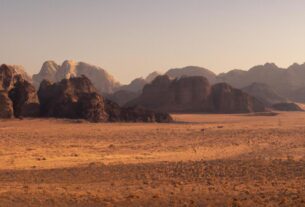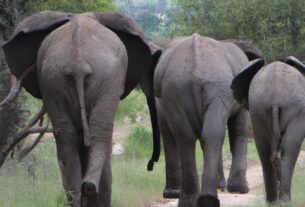Australia is home to a wide variety of animals, including the red crab. Also known as the Christmas Island red crab, this species is native to Christmas Island, a small Australian territory in the Indian Ocean. The red crab is a fascinating species that plays a crucial role in the island’s ecosystem. In this article, we will explore the habitat, life cycle, behavior, importance to the ecosystem, and conservation efforts of the red crab in Australia.
Habitat and Distribution
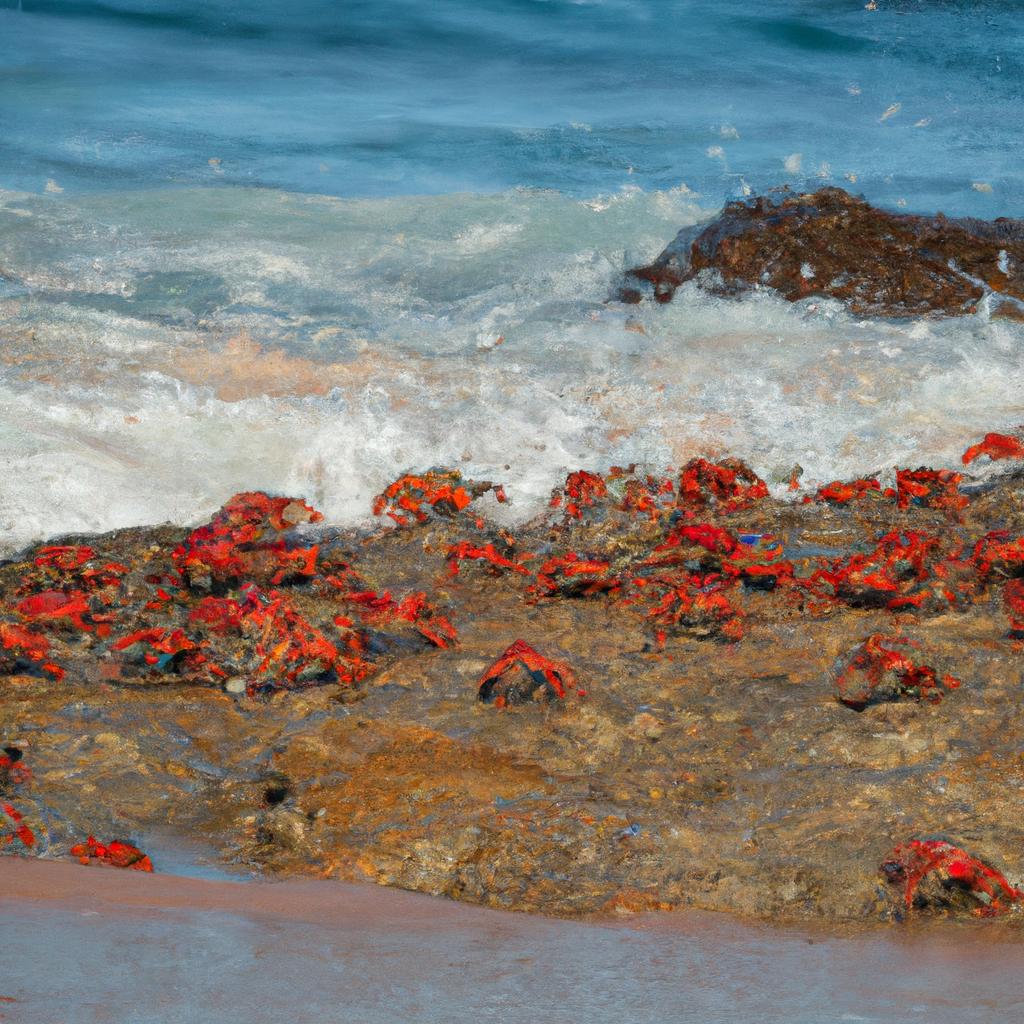
The red crab is endemic to Christmas Island, a small island located in the Indian Ocean about 2,600 km northwest of Perth, Western Australia. The island has a unique tropical rainforest ecosystem, and the red crab is a keystone species in this ecosystem. The red crab is found in the island’s forests, which are dominated by tall trees with a dense understory of ferns, shrubs, and vines.
During the dry season, the red crab lives in burrows in the forest floor to conserve moisture. However, during the wet season, which usually occurs between October and December, the red crab migrates to the coast to breed. This mass migration is one of the most spectacular natural events in the world and attracts tourists from all over the globe. The red crabs form a sea of red as they move across the island to reach the coast, where they mate and lay their eggs.
Life Cycle and Behavior
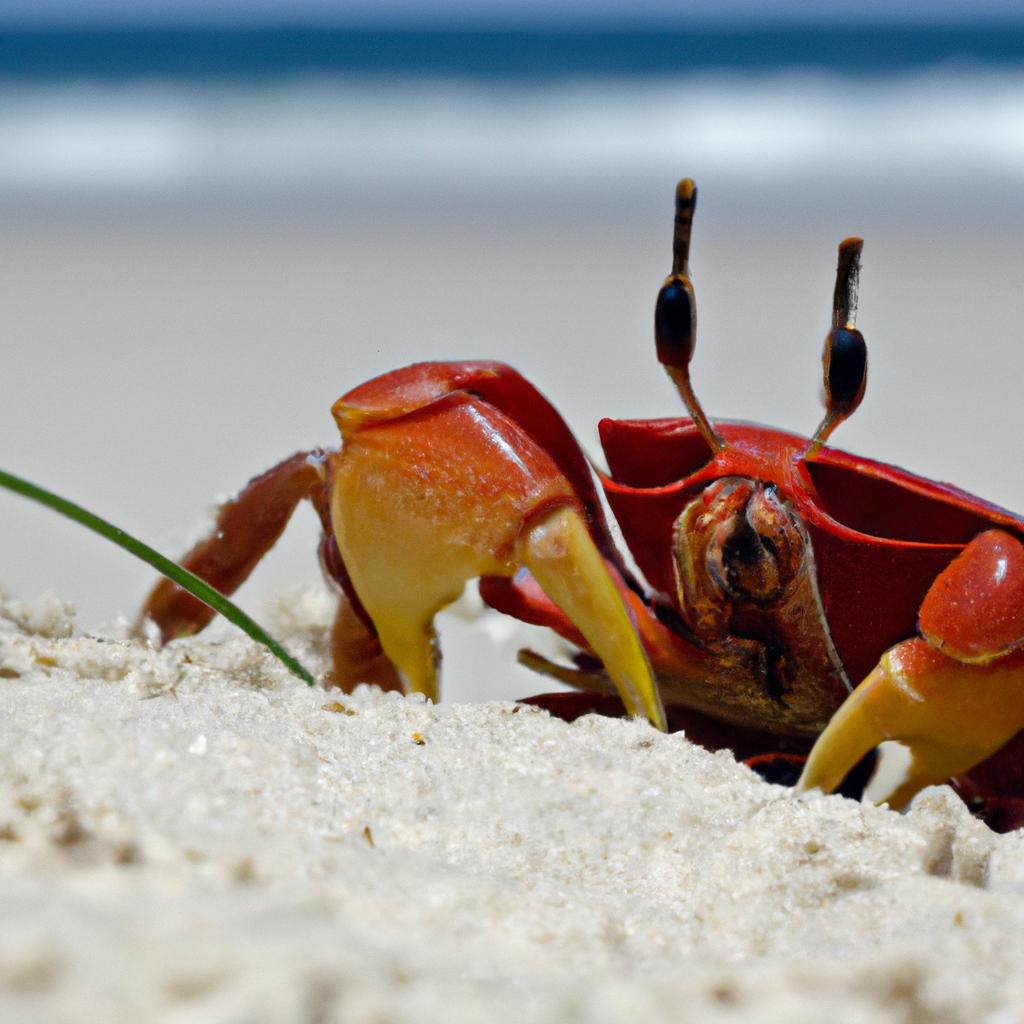
The red crab has a unique life cycle, which starts with the hatching of eggs. After hatching, the larvae are carried by ocean currents to the island’s shores. The larvae then metamorphose into juvenile crabs and migrate to the forest, where they grow into adults. The red crab is a herbivorous species, and they feed on fallen leaves, fruits, and flowers. They play an essential role in the ecosystem by recycling nutrients and helping to maintain the forest’s health.
The red crab’s behavior is fascinating, and they exhibit various behaviors, such as aggression, dominance, and territoriality. During the breeding season, the males dig burrows to attract females, and the females lay their eggs in the burrows. The males guard the burrows until the eggs hatch and the larvae are carried away by ocean currents. The red crab also has a unique circadian rhythm, and they are active during the night and rest during the day.
Importance to the Ecosystem
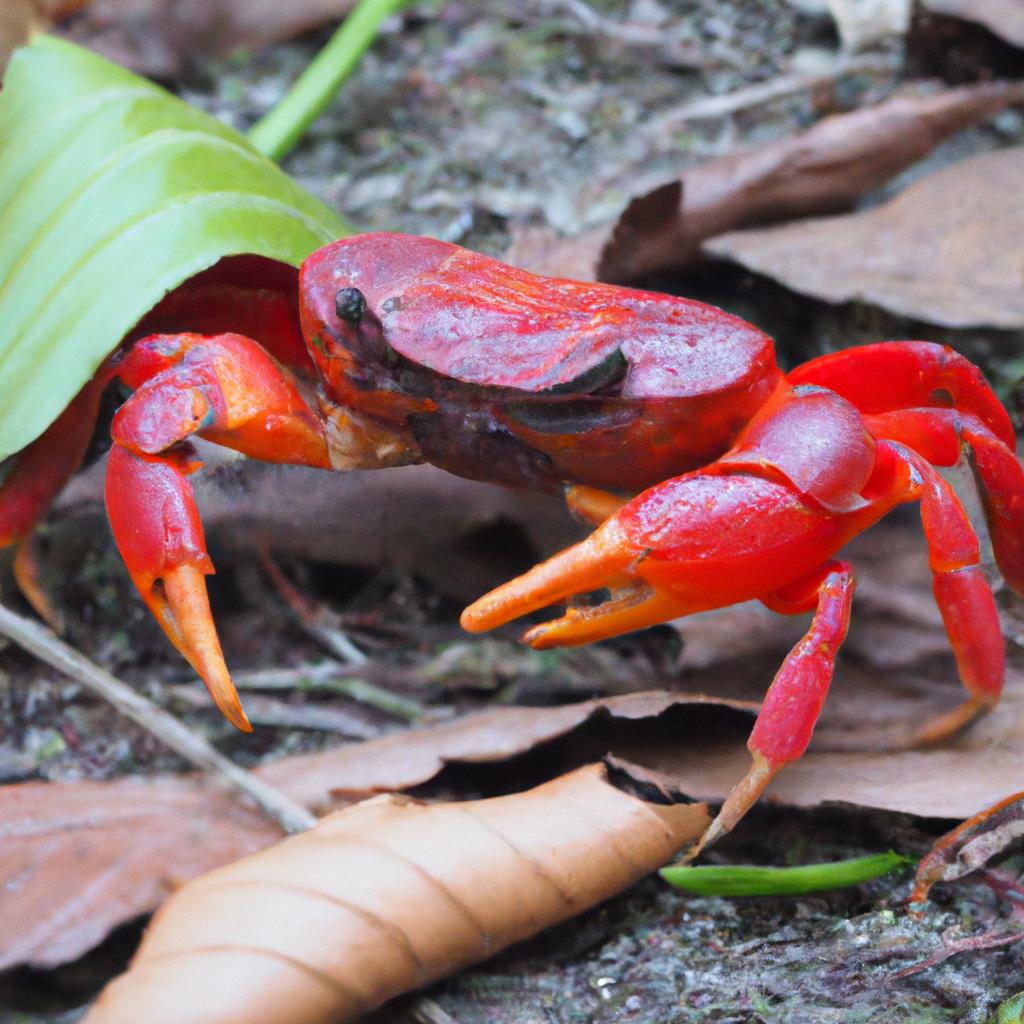
The red crab plays a crucial role in Christmas Island’s ecosystem, and their presence is essential to the island’s health. They feed on fallen leaves, fruits, and flowers, which helps to recycle nutrients and maintain the forest’s health. The red crab also helps to prevent soil erosion by burrowing in the forest floor, which improves the soil’s structure and stability.
The red crab’s migration to the coast to breed also has a significant impact on the ecosystem. During this migration, the crabs transport large amounts of nutrients from the forest to the coast, which helps to support the marine ecosystem. The red crab also serves as a food source for various predators, such as birds and lizards, and their existence helps to maintain the balance in the food chain.
Overall, the red crab is a fascinating and vital species in Christmas Island’s ecosystem. The conservation of this species is crucial to the island’s health and the balance of the ecosystem. Several conservation efforts have been implemented to protect the red crab’s habitat, including road closures during the migration season and other measures to reduce the impact of human activities on the species. As a result of these efforts, the red crab population has remained stable, and Christmas Island continues to be one of the few places in the world where this species can be observed in large numbers.
Threats and Conservation Efforts
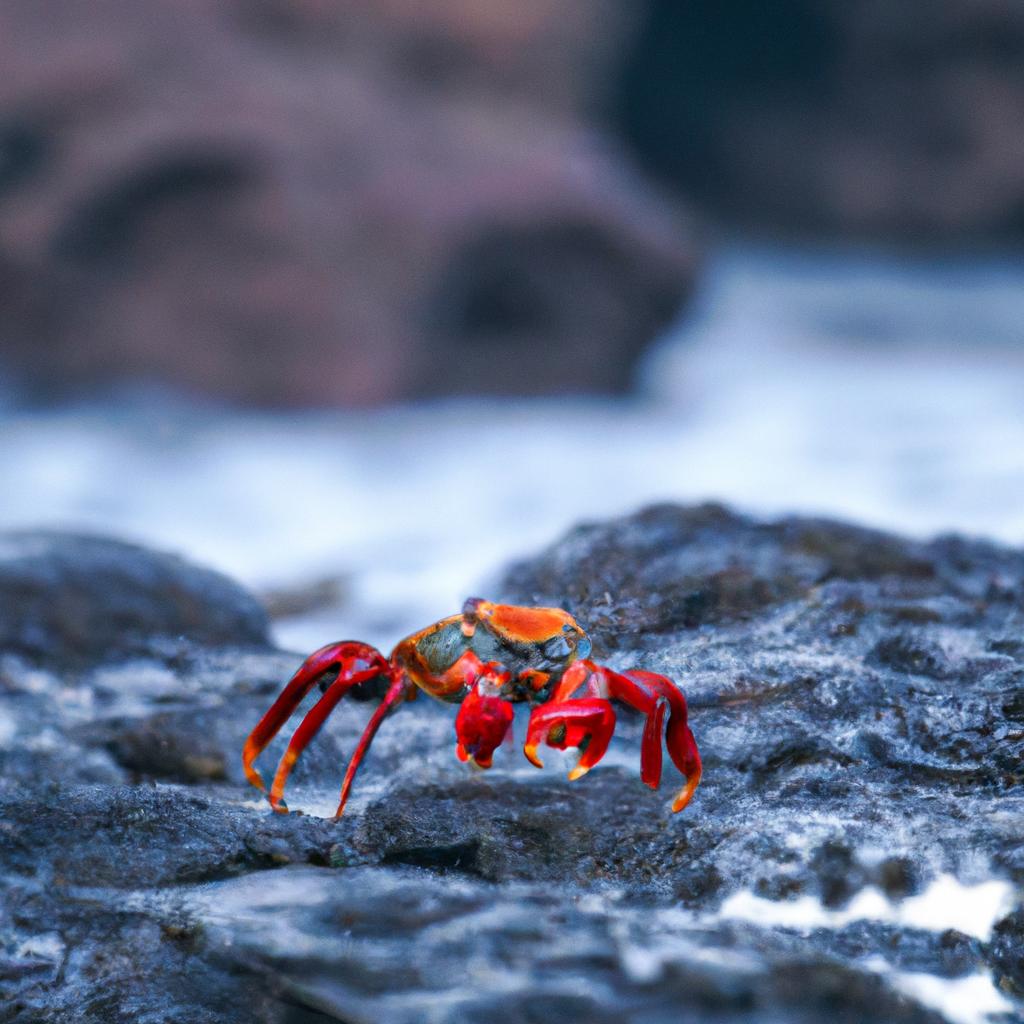
The red crab is facing various threats to its population in Australia. One of the most significant threats is habitat destruction due to human activities, such as deforestation and mining. The red crab’s migration to the coast to breed also puts them at risk of being crushed by vehicles and predators. The introduction of non-native species, such as yellow crazy ants and giant centipedes, is also a significant threat to the red crab’s population.
To protect the red crab’s habitat and population, the Australian government has implemented various conservation efforts. The government has designated the Christmas Island National Park as a protected area to conserve the island’s unique flora and fauna, including the red crab. The government has also implemented measures to reduce the impact of human activities on the red crab’s habitat, such as restricting mining and tourism activities during the breeding season. The government has also launched campaigns to educate the public about the importance of the red crab in the ecosystem and how they can help protect them.
Conclusion
In conclusion, the red crab is a fascinating species that plays a significant role in the ecosystem of Christmas Island, Australia. They are facing various threats to their population, such as habitat destruction and the introduction of non-native species. However, the Australian government has implemented various conservation efforts to protect the red crab’s habitat and population. The red crab’s mass migration to the coast to breed is a unique natural event that attracts tourists from all over the world and highlights the significance of this species. As a result, we must continue to protect the red crab and its habitat to ensure their survival for future generations.
To know more about TooLacks, visit TooLacks.
